
1836
In 1836 South Australia was administered by the “First Council of Government”: Governor (Sir John Hindmarsh), the Resident Commissioner (Sir James Hurtle Fisher), the Chief Justice (Sir John William Jeffcott), the Colonial Secretary (Robert Gouger), and the Advocate-General and Crown Solicitor (Charles Mann).
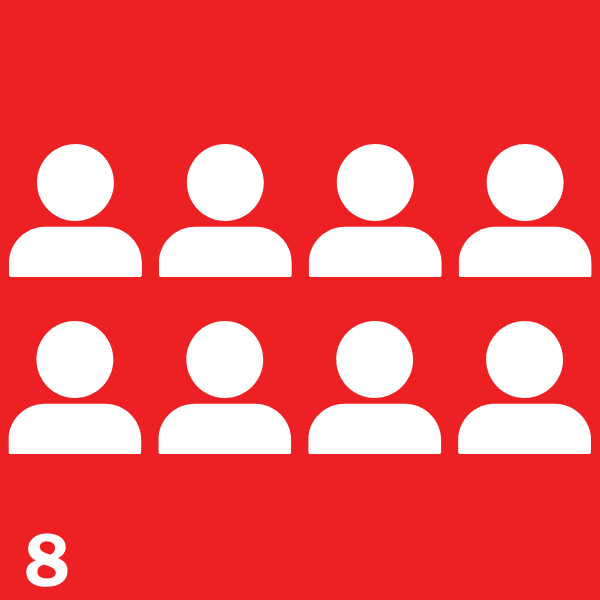
1843
In 1842 the South Australia Act was passed to create a more standard British model of Government – a Governor advised by a Legislative Council. In 1843, the Legislative Council expanded to 8 Members – with four non-official Members selected from the general population.
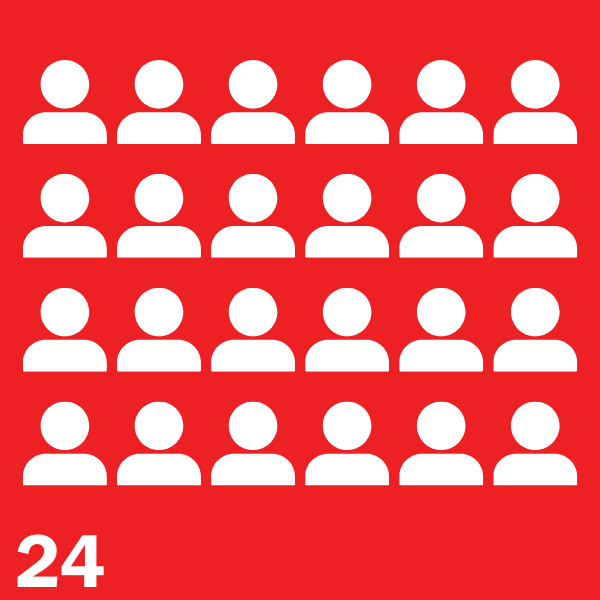
1851
In 1851 the Legislative Council expanded to 24 Members: the 8 nominated Members, and 16 elected Members. These reforms were driven by public demand for representative government – but the right to vote was only for men with property. The Governor was no longer part of the Legislative Council, and the Council elected one of its own Members to act as Speaker.
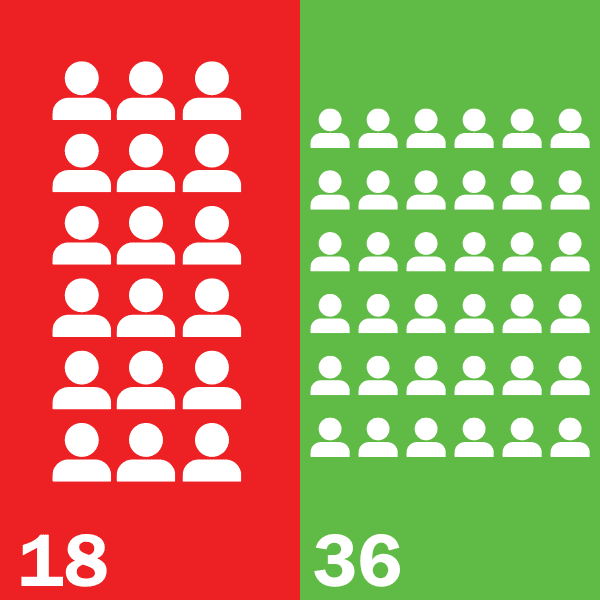
1856-1857
The Constitution Act (1856) provided South Australia with representative democracy, and a government responsible to an elected parliament. The new bi-cameral (two house) model followed many Westminster traditions.
The elections were held in March 1857. You can read the debates of the first session of the first Parliament, starting on 22 April 1857, through Hansard.
The new House of Assembly had 36 Members. Members represented multi-member districts and had a term of 4 years. The new Constitution allowed all men over the age of 21, including Aboriginal men, to vote for the House of Assembly using a secret ballot.
The Legislative Council reduced to 18 Members, representing the whole of the Province, elected by property owning men. 6 Members would be elected every 4 years to serve a 12 year term.
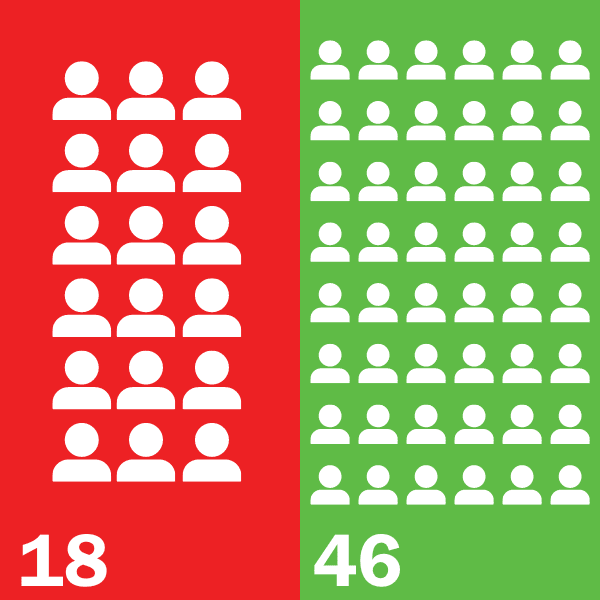
1872
In 1872 the House of Assembly grew to 46 Members, because of population growth, and settlement of new areas.
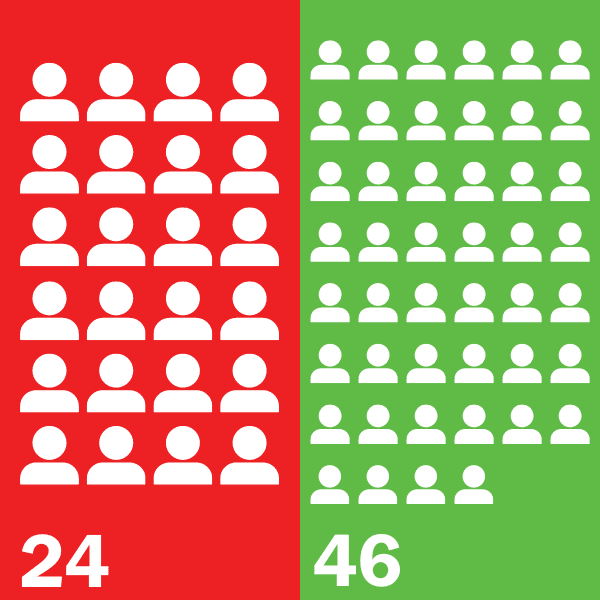
1882
In 1882 the Legislative Council increased to 24 Members due to a change to the Constitution. South Australia was divided into four districts – Central, North-Eastern, Northern and Southern, with six Members per districts. The electoral schedule was changed so that half of the Legislative Council was elected at each House of Assembly election.
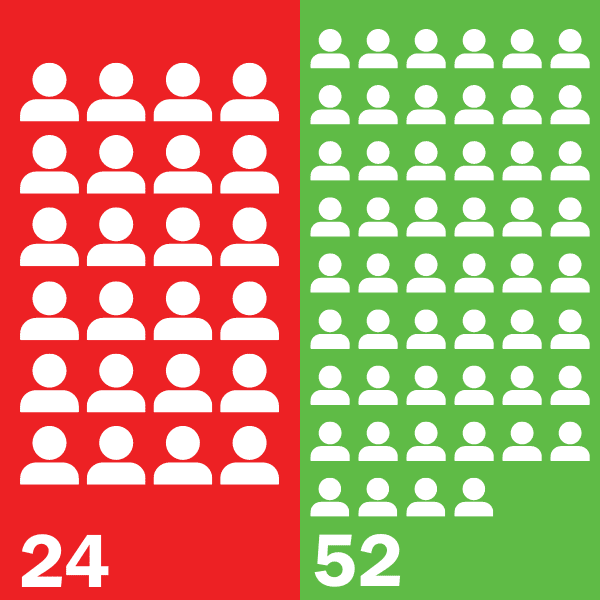
1884
In 1884 the House of Assembly increased to 52 Members from an electorate boundary redistribution resulting in 26 two-Member electorates.
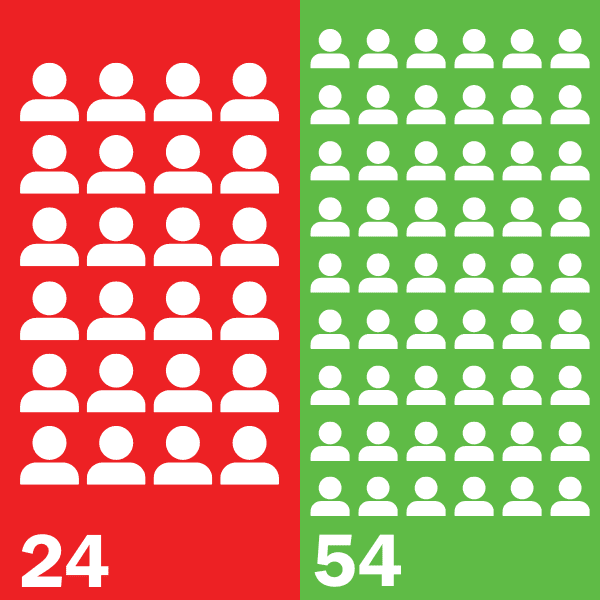
1890
In 1890 the House of Assembly increased to 54 Members when the Northern Territory became an electorate for the House of Assembly – resulting in 27 two-Member electorates.
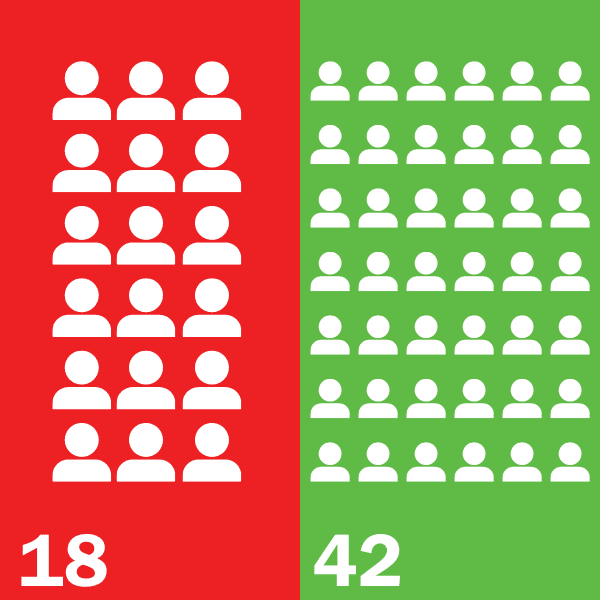
1902
The Parliament of South Australia changed as a result of Federation in 1901.
In 1902 the Legislative Council reduced from 24 Members down to 18. There were 6 Members from Central District and four each from Northern, North-Eastern and Southern districts. Seven Members of the House of Assembly resigned and were elected to the Federal Parliament. An electorate boundary redistribution resulted in 13 multi-Member districts with 42 Members total.

1912
In 1912 the House of Assembly was reduced to 40 Members with the removal of the Northern Territory electorate. Around this time, the Legislative Council’s North-Eastern District was replaced by Midland District.

1913
As the categories of people who could vote for the Legislative Council grew, so did the number of Members. In 1913 the Legislative Council increased to 20 Members, four from each of five districts: Central District No. 1, Central District No. 2, Northern, Southern, Midland.
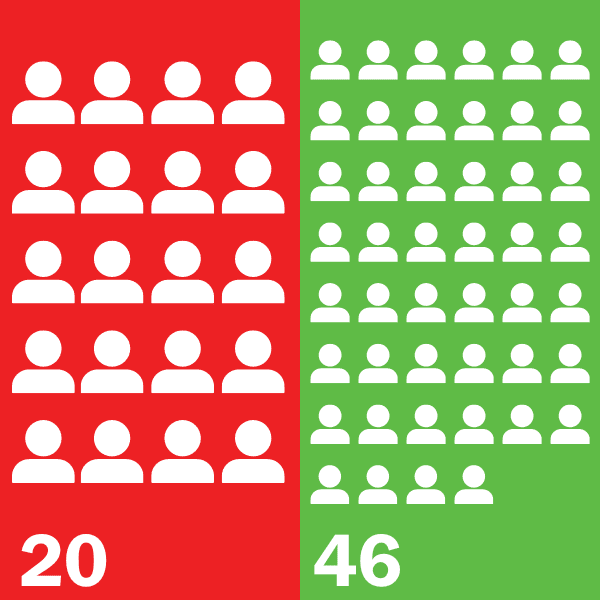
1915
In 1915 the House of Assembly increased to 46 Members after an electorate redistribution – resulting in 19 multi-Member electorates.
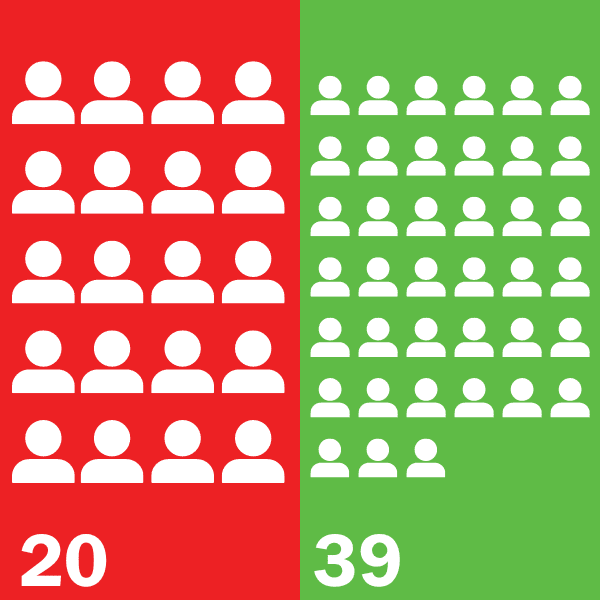
1938
In 1938 the House of Assembly reduced to 39 Members and changed to single Member electorates. The election in 1938 is sometimes called the start of the “Playmander.” This was a system that gave rural electorates more advantage. There were 26 low population rural electorates and 13 high population metropolitan electorates, even though only a third of the population lived in regional areas.
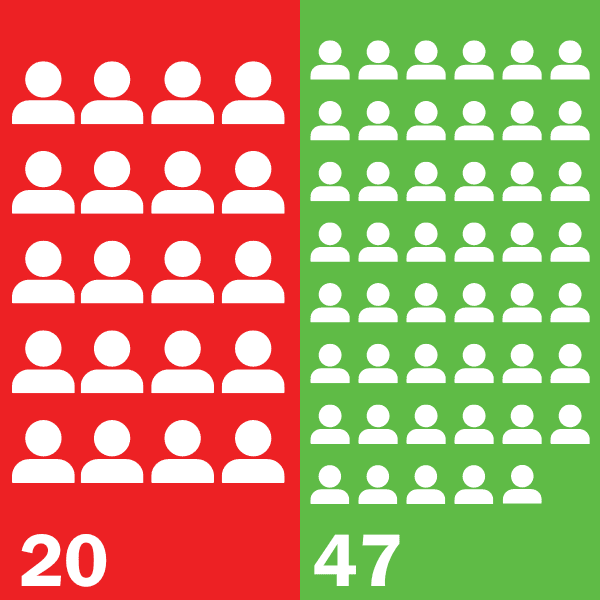
1970
In 1970 the House of Assembly increased to 47 Members – the same number we have today. Under Premier Steele Hall, the number of metropolitan electorates were increased. The system didn’t quite meet one-vote-one-value, but it ended the period of rural electorates having an advantage.
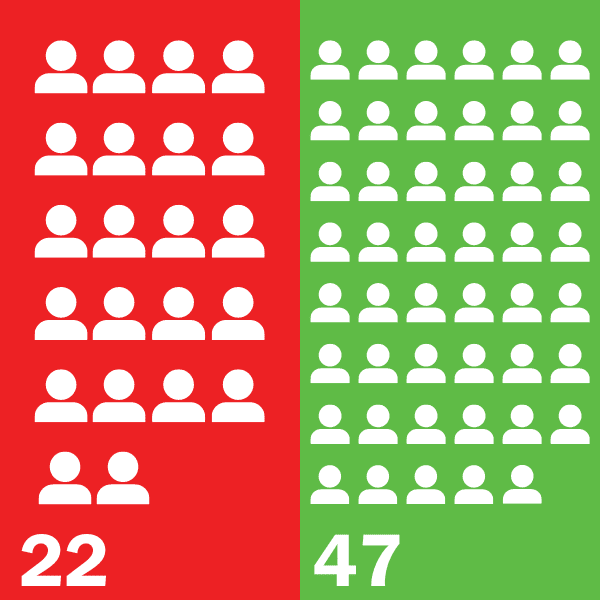
1973
As part of reforms under Premier Don Dunstan, the Legislative Council increased to 22 Members, representing the whole state. The restrictions on who could vote for the Legislative Council were removed.
In 1975, a one-vote-one-value system was established for both Houses. This structure is the structure of our Parliament today.
